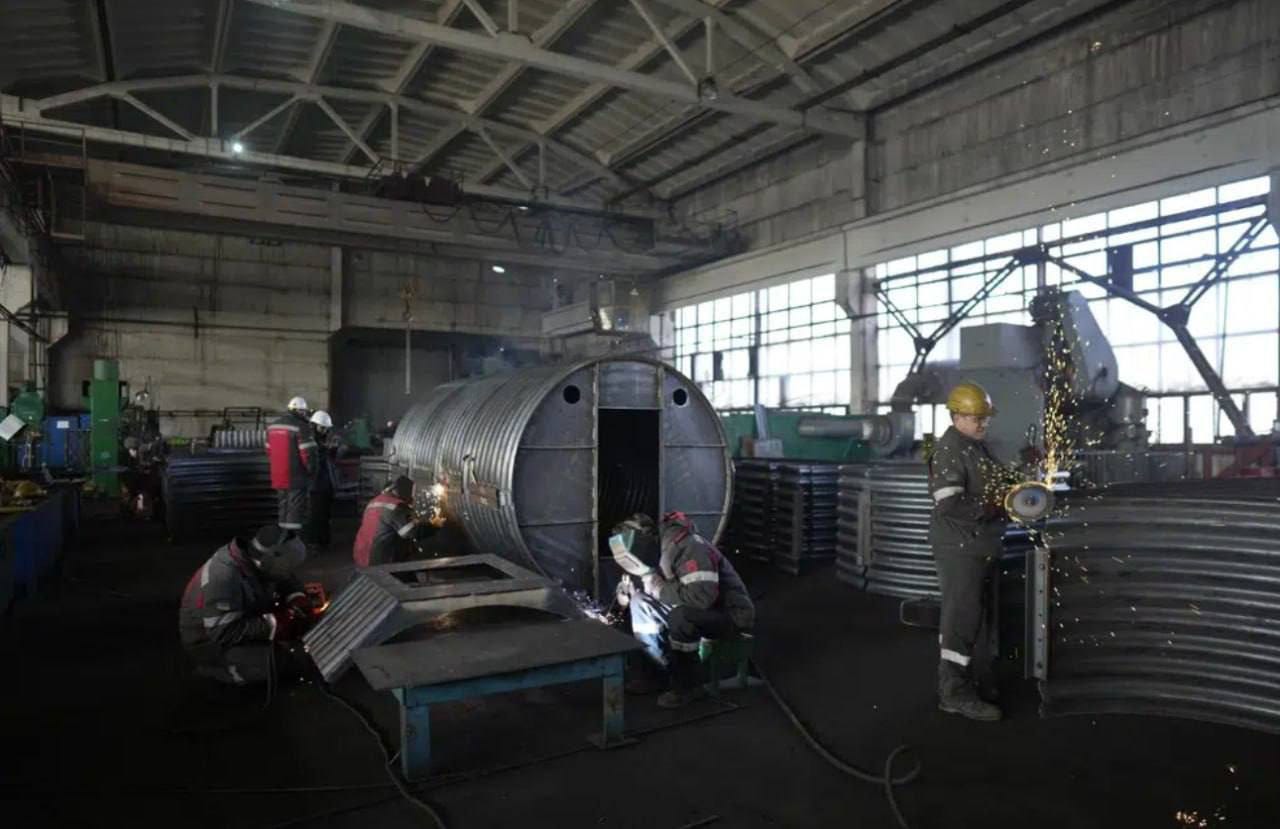Simplicius the Thinker posted a lengthy article after the news of the Russian takedown of an MQ-9 Reaper drone over the Black Sea. However, in the later parts of his article he mentioned two other matters of great interest. The first touches on the issue that many readers have brought up: What’s taking the Russians so long?
Now, I’ve tried to explain that the Ukrainian defensive fortifications are very elaborate and deeply dug in, but I lack the in depth knowledge of these matters that would make my attempted explanations more convincing to skeptics. Simplicius makes up for that. Note that I’m excerpting. Simplicius continues from this excerpt with a description of the types of munitions that the Russians have been using lately. This ties in with something Mercouris was saying just the other day, that the Russians have degraded Ukrainian air defenses to the extent that they’re now able to use gravity bombs to hit these dug in bunkers. These bombs are far more effective than the artillery that the Russians have used so liberally. The nature of these defenses also explains that liberal use of artillery:
BREAKING: Russian Su-27's Finally Down American Drone Near Crimea
One important thing that needs to be touched on: the AFU has industrialized an ingenius method of very rapid production of pre-fab’d reinforced fortifications. Here one Russian analyst account describes the problem (autotranslated):
These ready-made structures are assembled for rapid field fortification equipment. Dig a pit, put a ready shelter with a manipulator, fill it back with soil, a meter and a half from above. And 6 fighters are in fairly safe conditions even under 152 mm fire, which can only be hit with great luck, a little to the side of the hit, and no problems for the garrison.
About 130 of these have already been shipped.
As far as I know, from our side, more wood-and-earth structures are being made, sometimes from concrete. In this regard, over the 8 years of the ATO, the Armed Forces of Ukraine have gained good experience in fortification, and, most importantly, very quickly created. In many ways, therefore, each forester's hut becomes a place of fierce battles.
That’s a photo example of one, but apparently the AFU also uses old decommissioned train/subway cars often. They dig a hole and put the whole subway car right into it, instantly creating a metallic fortified dugout which they can now reinforce further if needed, like poured concrete, etc.
So, one can see the need for such bunker-busting bombs. And a 1000kg warhead is powerful enough to destroy such fortifications often without even having to fully ‘pierce’ them.
The next item has to do with the use of multiple Kinzhal hypersonic missiles in the recent massive strikes. There have been uncorroborated reports that these Kinzhals were targeted against deeply dug in NATO command and control bunkers. At the time I commented on these reports I said that I found them credible because of the high effectiveness of Kinzhals in these situations. Using Kinzhals in the process of degrading Ukrainian air defenses—as some argued—while possible seemed to me to be a bit of overkill, or, an inefficient use of a valuable resource that.
Simplicius appears to agree, because he notes that in the past Kinzhals have rarely been used, and then only to target deeply dug in targets of high value:
The other interesting missile/rocketry news is that Russia reportedly fired upwards of 6 or more Kinzhal hypersonic missiles during its landmark strikes last week. Here’s a video of AFU spokesman Yuriy Ignat attesting to this fact.
Soon after, however, very interesting reports began to appear:
Now this is all uncorroborated of course, but if you put the actual known and confirmed pieces together, it does paint an intriguing picture:
We know Kinzhal in the past has been only rarely used against very sensitive and heavily reinforced (underground) targets. Here’s a Reuters article from early in the war which reports Russia’s first-time use of the missile against an underground weapons depot. Here was one of the pieces of footage released at the time:
…
…
We have the full confirmation from an AFU spokesman that half a dozen Kinzhals were in fact used. So putting the pieces together, we can deduce it was likely against something sensitive, the NATO command center story begins to have at least some plausibility.
Simplicius than continues, explaining in some detail how hypersonic missiles operate. Apparently Kinzhals are in a sense semi-ballistic. After launch they “go ballistic”—i.e., they climb to a high enough altitude in which the thinner atmosphere allows them to attain their hypersonic speed without burning up. It’s all very interesting.






Don’t you think that if senior NATO commanders were killed (Americans) it would have leaked out by now?
I suppose we can now expect the "Russia running low on Kinzhals" headlines from the NYT et al.